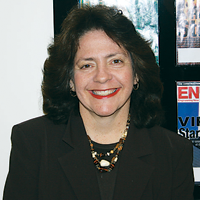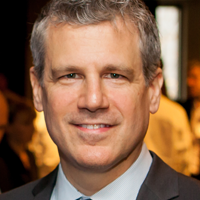Home » Keywords: » Los Angeles
Items Tagged with 'Los Angeles'
ARTICLES
Award of Excellence at 60
Award of Excellence Winner Mark Pestrella: Public Service Savant Leads in Time of Crisis
Dedicated champion of equity and resilience in infrastructure tackles monumental effort to build back better after devastating Los Angeles fires
Read More
City Scoop | Los Angeles
After the Fires, Los Angeles Contractors Grapple With Uncertainty
February 26, 2025
Los Angeles Wildfires Rage on, Destroying Structures and Displacing Residents
Significant damage seen in several communities but full assessment still is far from over
Read More
2024 California Best Projects
Best Project, Water/Environment: Hyperion Headworks Odor Control Upgrade
October 15, 2024
2024 California Best Projects
Award of Merit, Small Project (Under $10 Million): W Hotel Renovation
October 15, 2024
The latest news and information
#1 Source for Construction News, Data, Rankings, Analysis, and Commentary
JOIN ENR UNLIMITEDCopyright ©2025. All Rights Reserved BNP Media.
Design, CMS, Hosting & Web Development :: ePublishing















